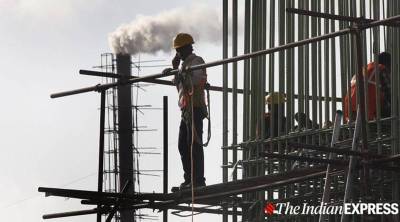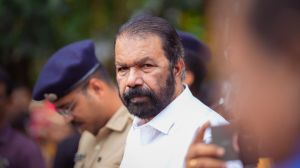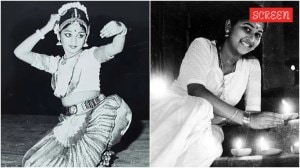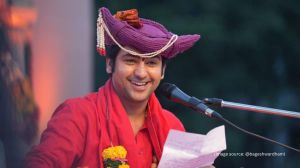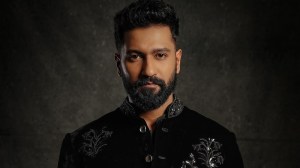The Making of a Memorial
Finally, a city found its heart. One pleasant evening, late in April, it laid it bare as men in uniform looked on under a canopy of white an...

Finally, a city found its heart. One pleasant evening, late in April, it laid it bare as men in uniform looked on under a canopy of white and crimson bougainvilleas. The foundation stone of a War Memorial, the first of its kind in the region, gave the lie to charges of heartlesseness the City Beautiful has long weathered.
It was inevitable. A city, where almost every family has given someone precious to the armed forces, had to pay its tribute to them. All it needed was a little prodding, The Indian Express way.
The paper had done it in Pune, building a majestic war memorial — the first-ever post-independence memorial in India, and second in the world to be erected with the help of citizens’ contribution after World War-II — and was determined to give one to the region that had given the maximum number of martyrs to the country.
As ideas go, The Indian Express Group conceived it in the aftermath of the Kargil War. But it took over two years to get the bureaucratic wheels moving. And then, slowly but steadily, it became a people’s movement. Starting from a handful of retired soldiers, it soon spread amongst the youth, who finally gave shape to the memorial. Rajnish Wattas, principal of the Chandigarh College of Architecture, still remembers the wintry day in 2002 the college students were asked to prepare a model for the memorial. It was the city’s memorial, and the design had to come from its future, not its has-beens.
Soon, it became a collective obsession. ‘‘For those two months, we didn’t think of anything else,’’ says Wattas, who shot off a letter to his fauji brother, asking for pictures and details of all the war memorials in India. ‘‘I discovered that none, other than the one at India Gate in Delhi, had 6,000 names inscribed on them.’’
It wasn’t easy finding a site. It had to be both serene and picturesque. Finally, the choice fell on the lovely bougainvillea garden with its undulating pathways and soft, green grass. The white and red flowers, symbolising peace and blood, were perfect. As were the blue Shivaliks, looking on so indulgently.
In Pune too, the people’s committee had chosen the scenic Morwada Gardens for the majestic 50-foot-high monument surrounded by marble plaques engraved with the names of 1,080 martyrs of Maharashtra.
But the dainty Bougainvillea Garden begged a memorial less imposing. ‘‘We wanted one which would inspire awe and respect, but not stick out like a sore thumb,’’ says Wattas, who carried on working in a wheelchair when he fractured his foot.
Finally, it was Judgement Day. On a chilly December noon, the Punjab Governor, Lt Gen J F R Jacob (retd), chief architect Renu Sehgal and a panel of philanthrophists and war veterans like Brigadier Sant Singh, the only living recipient of two Maha Vir Chakras, descended on the college to shortlist three models. After that, it was over to the people, who were given four days to give their verdict.
They did just that, rooting heavily for the eclectic model designed by the team of Nanki Singh and Shivani Guglani. ‘‘We couldn’t believe our luck,’’ gush the duo who got a reward of Rs 5,000 (the runners-up were given Rs 3,000, while the rest got Rs 1,000 each). ‘‘It was a labour of love,’’ they smile, telling you about their defence connection — Nanki’s father is a serving Colonel while Shivani’s grandfather was in the Air Force. One look at the model and you know it is. Two undulating ramps take you to the circular granite walls that lead you down six feet to the eternal flame protected by three arms, signifying the Army, Air Force and the Navy. Two wooden steps around the flame give it an air of a Greek amphitheatre.
‘‘Perfect is the word for it,’’ beamed Brig Sant Singh as he sat watching the foundation-laying ceremony. ‘‘Very nice,’’ nodded Gen V P Malik, former Chief of Army Staff, who’d laid the foundation stone of Pune War Memorial in ’97. Shekhar Gupta, the CEO and Editor-in-Chief of The Indian Express Group, called it a token of gratitude to a region that had sacrificed so many sons for the nation.
And as soldiers remembered their favourite epitaphs, you couldn’t help but remember the one engraved by the parents of a British soldier at the World War-II cemetery in Imphal. ‘‘A soldier to the world,’’ they wrote, ‘‘he was the whole world for us.”
He will always be. In life and death.



- 01
- 02
- 03
- 04
- 05


